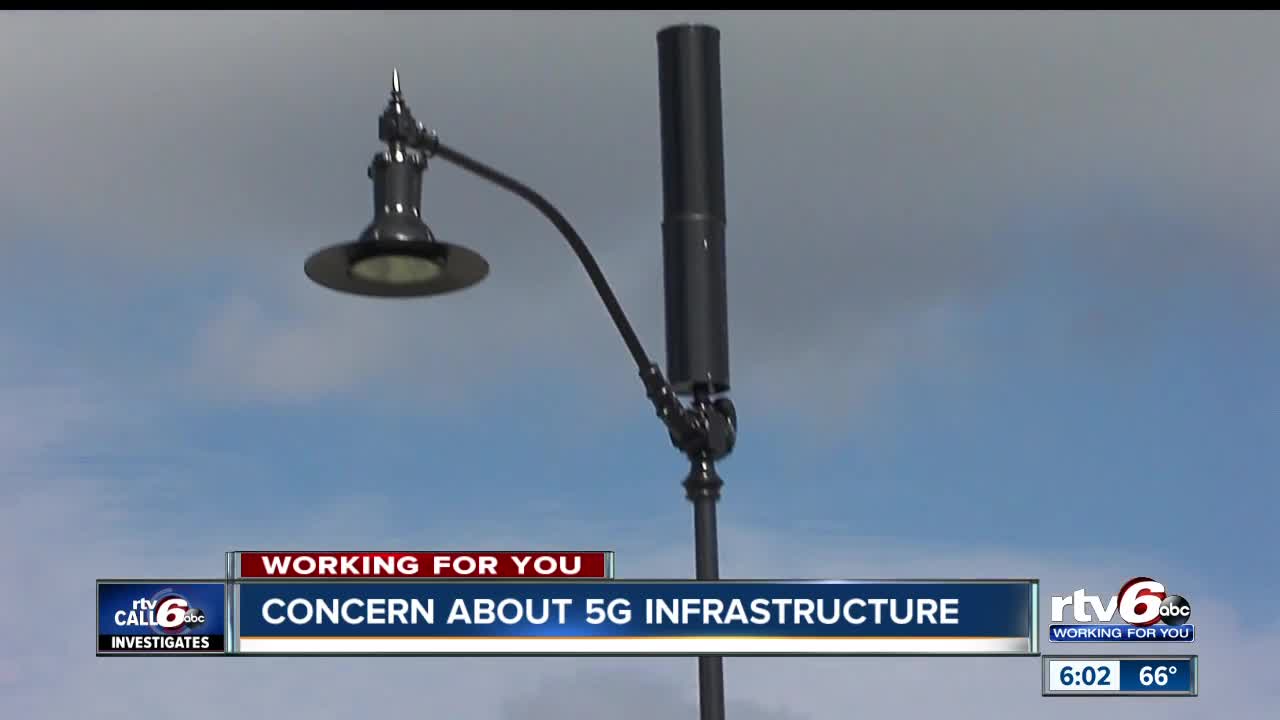Are usually safest distance from the 5G cell Structure?

If you've ever wandered through a city and spotted tiny mini 5G cell towers on the poles of street lights. They look like small boxes however, they're actually transmitting wireless signals from cell phone providers to your phone.
faraday hats are being replaced by larger built cell towers. Although they're not as visible but they can still cause issues for users.
It is the of the FCC's Radiation Exposure Thresholds
The FCC's Radiation Exposure Thresholds establish the safe distance that one can expose to electromagnetic radiation from wireless devices. The limits for exposure are based on research which show that the energy of RF could be harmful to health.

The absorption rate specific (SAR) is an indication of the amount of radiofrequency energy that is taken up by tissues. It's typically 1.6 Watts per kilogram calculated over one Gram of tissue.
However, because 5g transmits at higher frequencies this could be able to create more energy on the skin as well as other body parts. This can lead to various potential harms, including exacerbated appearance of skin conditions such as dermatitis, cataracts and skin cancer.
Because of the potentially harmful effects of radiation from 5G, PSU has chosen to create a general maximum power density of four mW/cm2 based on the average across 1 centimeter, and not to exceed 30 minutes for all 5G services at 3000 GHz. This localized limit is consistent with the maximum SAR that is spatially averaged at 1.6 W/kg averaged over 1 g of tissue at 6 GHz.
The FCC's Maximum Exposure Thresholds for Maximum Exposure
If you've ever used a cell phone, you're probably aware that a safe range from the tower is at least 400 meters away. This is due to the power of transmission from the cell tower is significantly increased the farther the tower is.
While this sounds like something that's good, the reality is that people living in close proximity to towers may actually be more prone to health problems. For instance, a 2014 study in India discovered that those living within 50 meters of cell towers experienced much more health problems than those who were distance from them.
But, the study found that people who moved into areas farther away from cell towers experienced their symptoms return to normal within a couple of days. Studies have also demonstrated that exposure to extreme levels of radiofrequency electromagnetic fields (EMFs) can cause cancer, brain tumors, and other health problems.
This is due to the fact that RF radiation, used in wireless communications, may penetrate the human body's outer layer, which is the skin. This is important to understand because the skin acts as a barrier to protect against injuries caused by mechanical forces, infections from pathogenic microorganisms, as well as infiltration of toxic substances. faraday hat is also the biggest organ in the human body and is accountable for keeping the integrity of the other organs.
The FCC's Minimum Exposure Thresholds
The FCC's Minimum Exposure Thresholds are based on several assumptions that are not supported by scientific research. These include the erroneous assumption that short-term exposures to RF radiation are safe because of the minimal penetration into the body (i.e. the heating of tissues).
faraday cage hat is also ignoring the deeper penetration of the ELF elements of modulated radio signals as well as the effects of short bursts of heat caused by RF pulses. These assumptions are not in line with current understanding of the biological consequences of RF radiation. Therefore they shouldn't be used for health protective exposure guidelines.
Additionally there is the fact that both ICNIRP and FCC restrict their exposure limits to local peak SARs that are based on the maximum speed of spatial absorption (psSAR) which is an inadequate dosimetric tool to determine the degree of radiation exposure. In particular the psSAR tool is not accurate for frequencies above 6 GHz. Additionally, psSAR hasn't been tested for RF radiation that is exposed to other environmental agents , such like sunlight. In the event of interactions, RF radiation and other environmental agents may cause synergistic or antagonistic effects. This can lead to the risk of having adverse health adverse effects. For instance, exposure to RF radiation along with exposure to sunlight can increase the risk of skin cancer, and may also exacerbate other skin conditions like acne.
